Introduction to Herbal Incense
Herbal incense, also known as smoking blends or botanical incense, is a mixture of dried herbs, flowers, and other natural ingredients that are burned for their aromatic and therapeutic properties. Creating your own herbal incense allows you to customize blends for specific purposes, such as relaxation, meditation, or spiritual rituals. By selecting the right combination of herbs, you can craft unique and personalized aromatic experiences.
Benefits of Using Herbal Incense
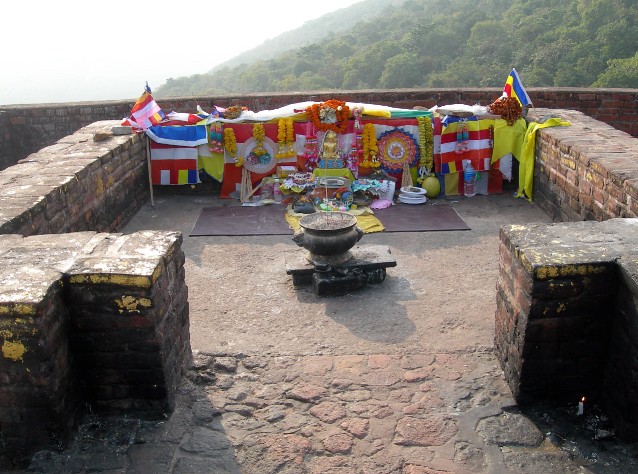
An altar with burning incense, surrounded by colorful flags and offerings, fosters a tranquil ambiance and could enhance meditation practices with its aromatic benefits.
Burning herbal incense offers several benefits, including:
- Promoting relaxation and reducing stress
- Enhancing meditation and spiritual practices
- Purifying the air and creating a pleasant atmosphere
- Supporting respiratory health when using certain herbs
- Providing a natural alternative to synthetic fragrances
Choosing Herbs for Your Incense Blends
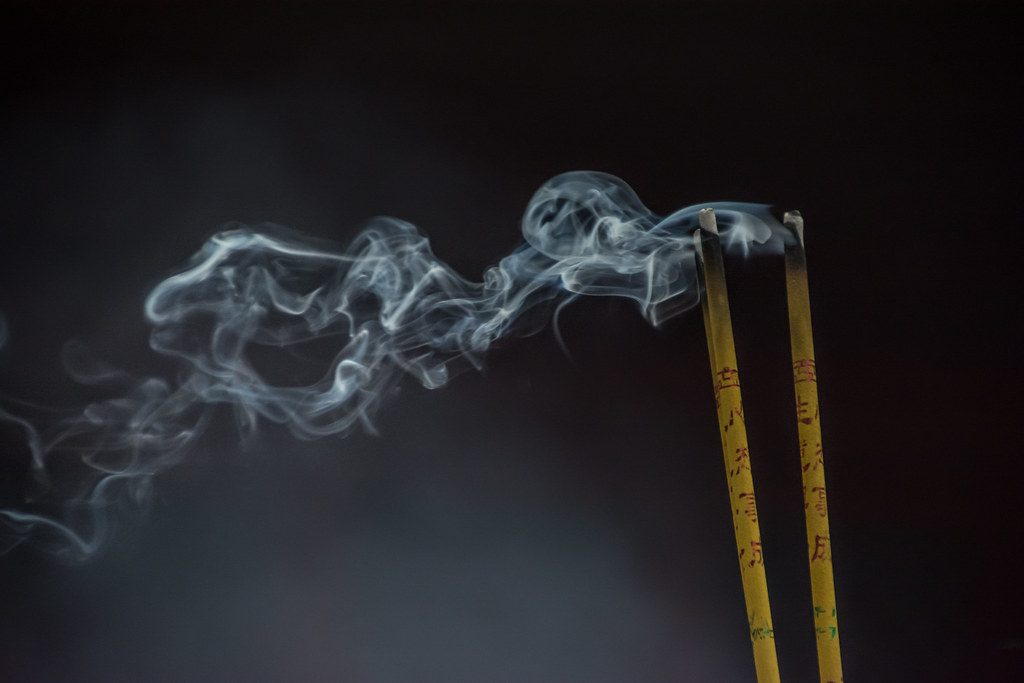
Two incense sticks emit tranquil swirls of smoke, often used in herbal blends for their soothing scents and meditative properties.
When selecting herbs for your incense blends, consider their aromatic properties and the desired effect you wish to achieve. Some popular herbs for incense include:
- Lavender (Lavandula angustifolia): Promotes relaxation and reduces anxiety1
- Sage (Salvia officinalis): Purifies the air and enhances spiritual cleansing2
- Rosemary (Salvia rosmarinus): Improves mental clarity and boosts memory3
- Peppermint (Mentha piperita): Energizes and refreshes the mind
- Cinnamon (Cinnamomum verum): Warms the senses and promotes feelings of comfort
- Frankincense (Boswellia sacra): Deepens meditation and supports spiritual practices4
Preparing Herbs for Incense
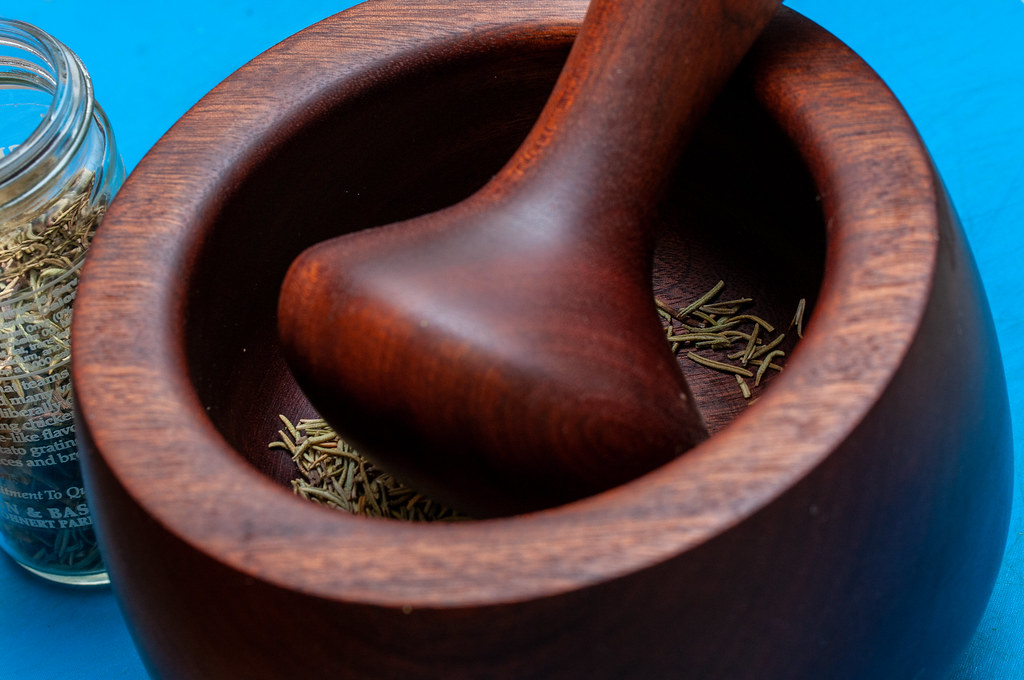
Rosemary being crushed in a wooden mortar and pestle for use in handcrafted herbal incense blends.
To create your herbal incense blends, follow these steps:
- Gather your chosen herbs, making sure they are fully dried.
- Crush or grind the herbs to a consistent size, using a mortar and pestle or an electric grinder.
- Mix the ground herbs in a bowl, adjusting the ratios to your preference.
- Store the blended incense in an airtight container, away from direct sunlight and moisture.
Herbal Incense Blend Recipes
Here are a few sample recipes to get you started:
Relaxation Blend
- 2 parts lavender
- 1 part chamomile
- 1 part rose petals
- 1 part valerian root
Meditation Blend
- 2 parts frankincense
- 1 part sandalwood
- 1 part sage
- 1 part palo santo wood
Purification Blend
- 2 parts sage
- 1 part cedar
- 1 part sweetgrass
- 1 part juniper berries
Feel free to experiment with different combinations and ratios to create your own unique blends.
Burning Herbal Incense
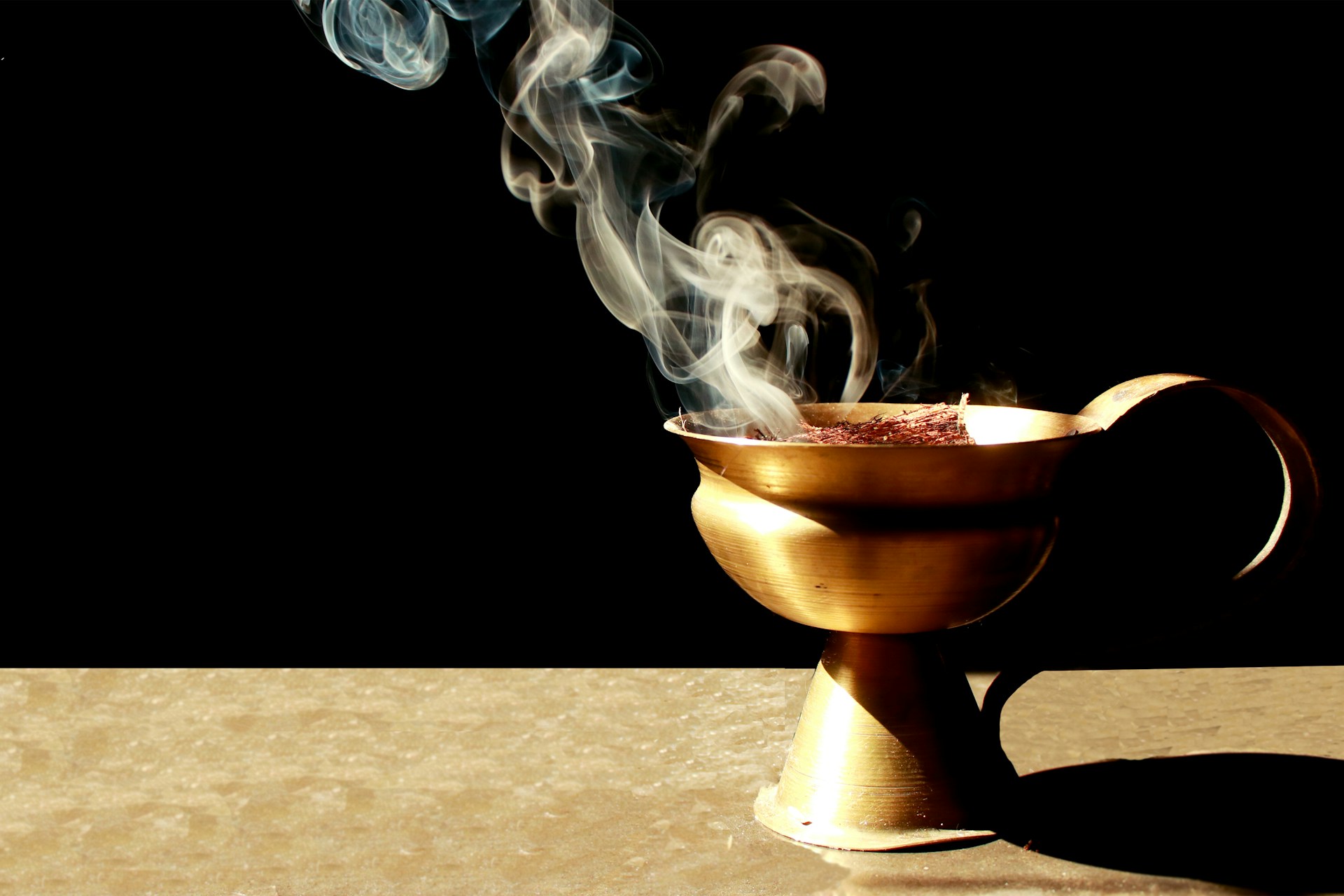
Incense burning using a heat-resistant bowl
To burn your herbal incense, you will need:
- A heat-safe bowl or incense burner
- Charcoal discs or a heat-safe surface (such as sand or salt)
- Matches or a lighter
Follow these steps to safely burn your incense:
- Place a charcoal disc or a layer of sand or salt in your heat-safe bowl or burner.
- Light the charcoal disc, if using, and allow it to smolder until it is fully lit and covered in white ash.
- Sprinkle a small amount of your herbal incense blend onto the charcoal or heat-safe surface.
- Enjoy the aromatic smoke and replenish the herbs as needed.
- Extinguish the charcoal or heat source completely when finished.
Caution: Always burn incense in a well-ventilated area and keep it away from flammable materials. Never leave burning incense unattended.
Storing Herbal Incense
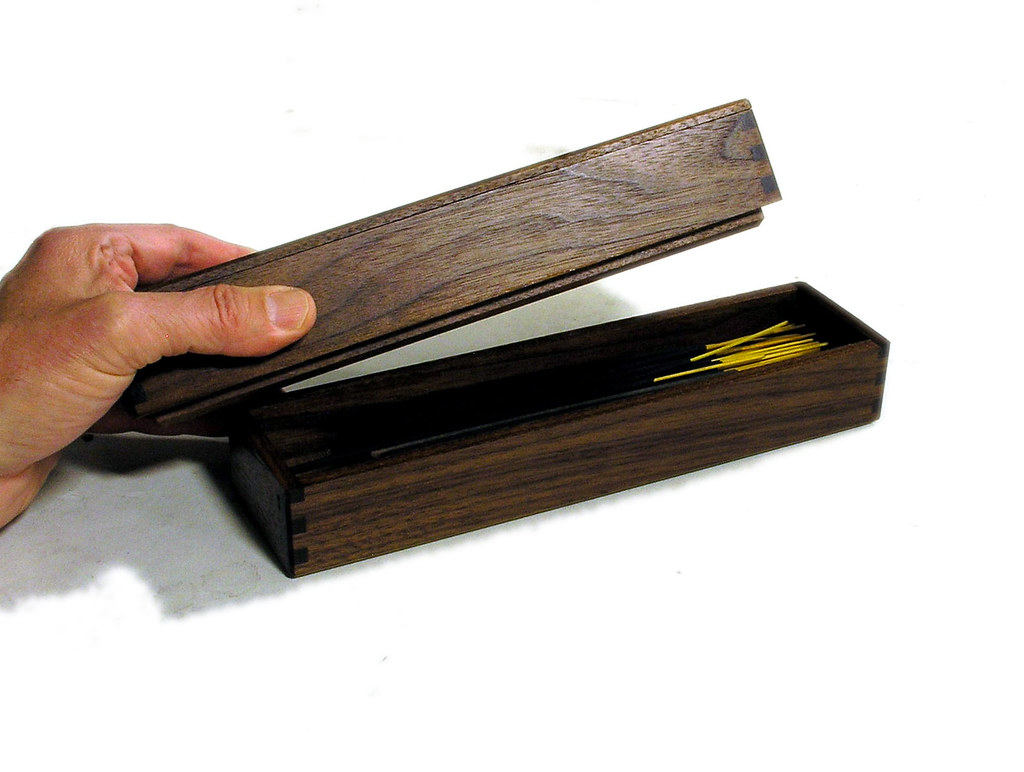
A wooden incense box, an elegant solution for preserving incense sticks. Any jar or container could preserve your dried herbs mix.
To maintain the potency and freshness of your herbal incense blends, store them in airtight containers, such as glass jars with tight-fitting lids. Keep the containers in a cool, dry place away from direct sunlight. When stored properly, herbal incense can last for several months to a year.
Conclusion
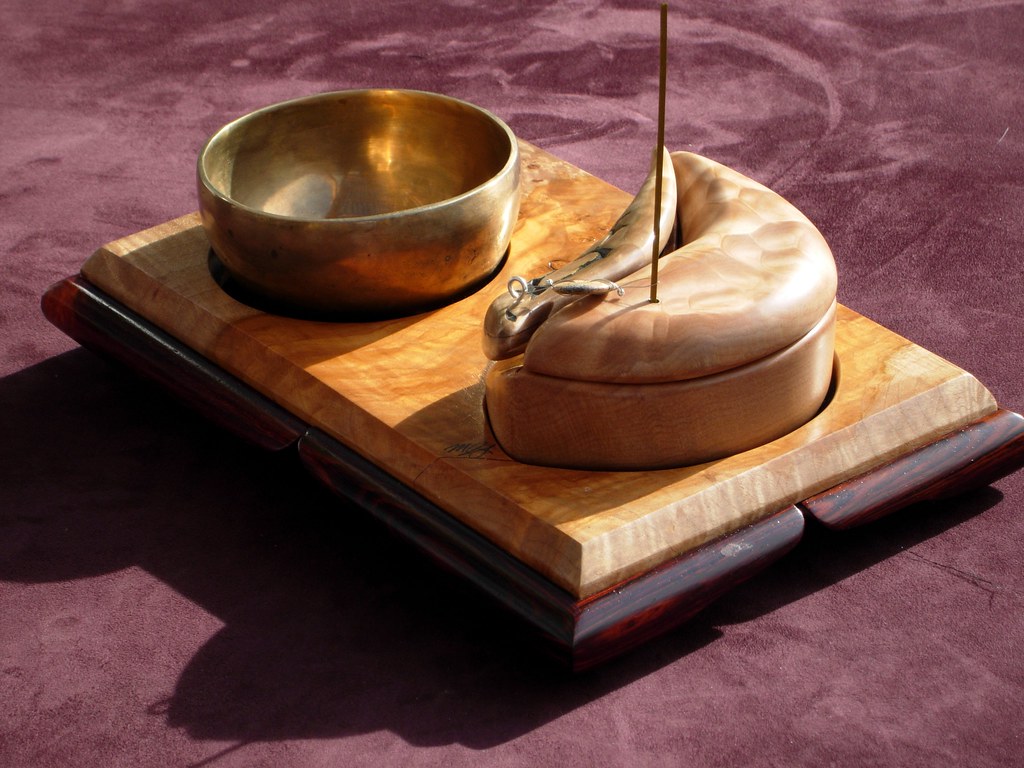
A lit incense stick rests in a wooden holder on a serene background, setting the mood for tranquil incense crafting.
Creating your own herbal incense blends is a rewarding and enjoyable practice that allows you to customize aromatic experiences for relaxation, meditation, and spiritual rituals. By selecting high-quality herbs and experimenting with different combinations, you can craft unique and personalized incense blends that suit your preferences and intentions.
Remember to always use caution when burning incense and to store your blends properly to ensure their longevity. Enjoy the wonderful world of herbal incense and the many benefits it can bring to your life.
Additional Herbs and Their Uses
Expanding your herbal repertoire can lead to even more personalized and effective incense blends. Consider these additional herbs:
- Mugwort (Artemisia vulgaris): Known for its dream-enhancing and visionary properties, it can be used for lucid dreaming and introspective meditations.
- Lemongrass (Cymbopogon): With its refreshing citrus scent, it can help to uplift the spirit and cleanse the environment.
- Patchouli (Pogostemon cablin): Often associated with grounding and balancing emotions, it’s a common ingredient in blends aimed at relaxation.
- Myrrh (Commiphora myrrha): Traditionally used in spiritual and healing ceremonies, it complements frankincense well in meditation blends.
It’s also beneficial to be aware of the historical and cultural significance of certain herbs. For example, white sage (Salvia apiana) has been used for centuries by Native American tribes for purification and healing. However, due to its popularity, white sage has become overharvested in some areas. Responsible sourcing and awareness of conservation status are important considerations when choosing herbs for your blends5.

Leave a Reply